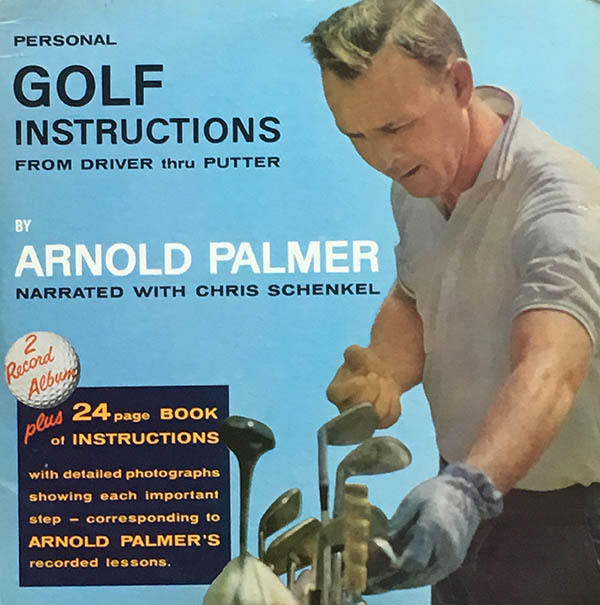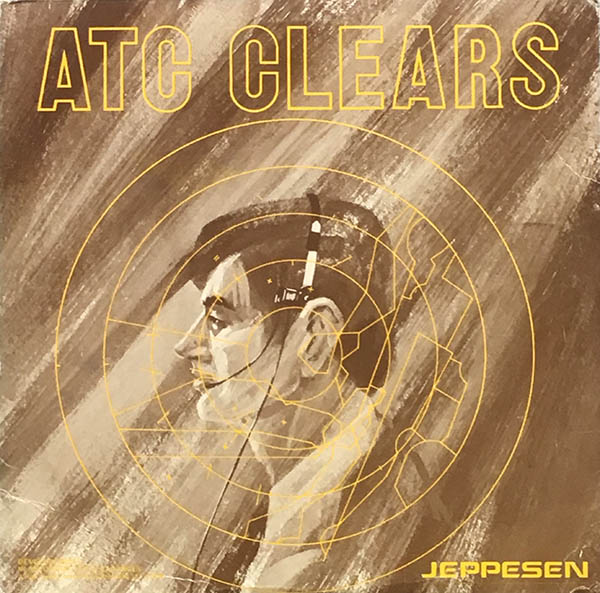
Now that my digital music system has been hitting on all cylinders for several months, I’ve suddenly become interested in high-resolution releases of Yes albums again, and have been on a buying spree of sorts since January. I had previously purchased several digital downloads of classic Yes titles from HDtracks that had begun to appear a couple of years ago; I grabbed 24-bit/192 kHz versions of Close To The Edge, Yessongs, and Going For The One. At the time, my digital playback system featured a Sonore microRendu streamer that was network-connected to my audio system; it streamed my files to my PS Audio GainCell DAC. I used Roon as my library organizer and music player; my Roon core was located on my laptop (which is also hardwired to my network), and my music was located on an SSD attached to my laptop. I was very happy with the overall sound quality I was getting from digital playback – but felt the sound of the high-res Yes downloads was maybe lackluster at best, maybe only marginally better than the 44.1 kHz CD versions. After shelling out about $30 each for the three titles, they’ve languished in my music server library virtually unlistened to for almost two years.
Fast forward to now. The Euphony Summus dual-computer setup that currently occupies my system (yeah, I know, I’ve been raving about it for several issues now) offers several key advantages over my previous setup. First of all, the music player/media server Euphony unit has the Roon core internal to the device; Roon isn’t streaming across my network to my stereo, so there’s no latency. My Samsung EVO SSDs are directly connected to the Euphony Summus – also minimizing any possibility of any latency issues. Separating the server and streaming functions between the two high-powered Euphony boxes offers a shocking level of improvement in the sound quality I’m experiencing. And with the Euphony setup, I’m able to make a selection from a multitude of music player choices. Euphony offers seamless integration with Roon, HQ Player, Logitech Media Server, Apple AirPlay, and there’s also an HQ Player workaround option through Roon that gives you much of HQ Player’s sound quality (just minus some of the functionality, like upsampling). After playing about with all these options for months, it’s become abundantly clear to me that Euphony’s own Stylus playback system trumps all of them in terms of sound quality. For about a month now, I’ve been using Roon as my library organizer, with Euphony’s Stylus player feeding Euphony’s Summus Endpoint (which streams to my DAC), and it’s a match made in musical heaven.
My company (at my day job) has a raffle every year at Christmas, and this past December, I won $100 – which shocked me, as I’ve been there 30-plus years and have never won anything. My wife told me to spend it on myself, and I made several purchases; I bought the Steven Wilson Blu-ray/CD remix/remasters of both Fragile and Close To The Edge, which were available on Amazon for $30 each. While browsing the Acoustic Sounds website, I noticed that they had the Audio Fidelity SACD of Going For The One for $30, and also pulled the trigger on that purchase. At that point, I ripped the CD layers of each to my music server, but was mostly enjoying 24/96 file playback via my Yamaha BD-A1060 universal player, which I thought was pretty good. I also had gotten some additional cash from my family at Christmas, and a couple of weeks later, I went back to Amazon’s website to order Blu-ray/CD Steven Wilson-remastered versions of The Yes Album, Relayer, and Tales From Topographic Oceans…only to find that they were no longer available, anywhere. I combed the internet and no one had them – but I was able to get the DVD-Audio/CD sets of each at about the same price from Amazon UK. I have little interest in the surround-sound component of any of the discs, and was perfectly happy with the 24/96 stereo versions available on the DVD-Audio releases.
I’ve mentioned recently about how very spoiled I’ve become with streaming digital music via my server. And with the uptick in sound quality I’ve been experiencing as of late, streamed music – even CD-quality – has been pretty impressive; the CD rips of the Steven Wilson Yes discs are miles beyond the standard catalog issues. Same thing with the CD layer rip of the Going For The One SACD, which was remastered by Steve Hoffman – its sound is exemplary compared to the catalog CD. So I soon found myself most often listening to the CD-quality rips of the high-res discs, mostly based on convenience, but also because they sounded pretty remarkable.
Not long after my explorations of the joys of listening to my Yes high-res BD, DVD-Audio, and SACD discs via the Yamaha universal player, I got heavily involved in ripping SACD discs using a Blu-ray player – you can read about that in Issue 135. I got pretty wrapped up in the experience, and over the last couple of months, I’ve ripped almost 400 SACDs to my music server. Loooooving the sound quality of all the DSD files playing natively to my DAC got me really thinking – I have the necessary equipment, so why not rip the high-res layers of all the BD and DVD-Audio discs for playback over the server, as well? That only took one afternoon, and I also wrote about my enjoyment of the elevated level of playback of high-res files without the need of a disc player in Issue 137.
I mentioned in the first part of this survey that the prices of BD, DVD-Audio, and SACD discs have spiraled, and their availability has become very limited. It’s almost like every Yes fan all at once realized how badly they wanted them, and it reached a critical mass – and now what’s still out there is harder to find, and the prices have gotten stupid crazy. I do a daily web search for SACD discs I might be interested in and bookmark them, revisiting them as funds become available to see if they’re still up for grabs. That’s how I recently acquired the Audio Fidelity Close To The Edge SACD disc; I looked at it every day for over a week, and finally pulled the trigger – with taxes and shipping, it ended up costing me over $80. Which is more than double the original $30 price tag!
Hi Res Yes on BD and DVD-Audio
I’m a big fan of the Steven Wilson remasters of just about everything he’s touched, especially the Jethro Tull and King Crimson discs, so I didn’t hesitate to purchase the Yes titles. Maybe this sounds crazy, but I feel a certain kinship to him through his work; everything he’s done in my library is in my regular rotation and sounds pretty magnificent over my system. Even though the only high-resolution, two-channel files available on any of the BD and DVD-Audio discs are 24-bit/96 kHz, I very strongly believe that 24/96 files are good enough in most cases. Also, that a really great remaster/remix is much more important than the bit-rate or sampling rate. In general, I give these five Yes albums, The Yes Album, Fragile, Close To The Edge, Tales From Topographic Oceans, and Relayer my highest recommendation. I feel they’re a tremendous improvement over the catalog releases, although I do have a few minor quibbles here and there.

One of my biggest complaints always with every version of The Yes Album has been track 2, “The Clap,” Steve Howe’s perennially sunny guitar solo that was taken from a live recording. The performance is great, but there’s a continual thumping that runs almost the entire length of the song. I’ve never been able to determine if it’s Steve Howe tapping on the body of his acoustic guitar, or if he’s stomping his foot in time to the music. I’m pretty sure it’s the former, but it’s always been annoying as hell – once you hear it, you can’t ignore it. Steven Wilson has managed in his remix to minimize the distraction – it’s still there, just waaaay less present, and less annoying.

On every catalog CD release of Close To The Edge, on track 2, “And You And I,” following Steve Howe’s acoustic guitar intro, there’s a bad edit/rough tape splice at the point where Chris Squire’s Rickenbacker bass first appears that’s always struck me as disjointed and jarring. It’s way less noticeable on any of my LP versions, and the transition is much better on the Steven Wilson remix, although the bass here seems a bit bloated to me. This album has never seemed to me to have an abundance of deep bass (whether LP or CD), so maybe if Wilson goosed the bass levels a tad, you’d think I’d be appreciative, if anything. Here, it just sounds a touch bloated. Any complaint I have is easily countered by a much greater level of clarity throughout the album’s myriad of complex passages; it improves the listening experience exponentially. That level of improved transparency spills over to Fragile, which sounds impressively better here than in any of the previous catalog versions.

My complaint with Tales From Topographic Oceans comes on the first track, “The Revealing Science of God.” I noted last issue that the 2003 catalog reissue (handled by Bill Inglot) added back in a two-minute intro at the beginning of the tune that had been trimmed from the original LP and every subsequent release. I’ve gotten really comfortable with the addition, and hoped that Steven Wilson would include it with his remix/remaster, especially since it was on the original tapes. Unfortunately, it’s not there, but since I’m hearing the truncated version of this track I’ve basically heard most of my adult life, I’m okay with it.
Relayer is another remix/remaster that shows a tremendous improvement in transparency and definition over any previous release. There are a lot of online complaints, however, about the central “battle” section of “The Gates Of Delirium.” On the Steven Wilson remix, some of the jarring sounds in the “battle” section apparently were not present on the master tapes, and could not be located; there’s a note in the album credits about Wilson’s decision to proceed without them. A lot of people seem to be really miffed, but I think it’s pretty much a non-issue – you still get 99% of the big picture. As the central section crescendo begins to fade into the “Soon” segment, there’s a tremendous gong crash that mostly gets obscured on the catalog CDs. On the Steven Wilson version, that gong crash just absolutely hangs forever; it’s another incredibly stunning moment on an extraordinary album.
I’d normally recommend listening to the 24/96 files for the Steven Wilson remix/remasters on Qobuz, but they’re not available on the service. You can listen to the CD-quality versions, and you can even buy the 24/96 versions for download, but for some reason, you can’t listen to them. Having versions of these discs from both BD and DVD-A sources, I can’t hear any differences between the two options, so if you’re at all interested, I’d definitely grab whichever you can get your hands on while they can still be had. And let’s hope that Steven Wilson continues with remix/remasters for Yessongs, Going For The One, Tormato, Drama, and 90125.
Hi Res Yes on SACD
Unfortunately, the pickings are slim here, but the two currently-available titles are well worth grabbing, even at their inflated prices. Both are on the now-defunct Audio Fidelity label, and both were remastered by the legendary Steve Hoffman. Close To The Edge and Going For The One are the only two Yes SACDs that Audio Fidelity produced; by my estimates, about a third of the AF titles that were produced are SACDs. Based on my experience with these two titles, I already have multiple AF SACDs bookmarked on eBay and Discogs that I’m waiting to pull the trigger on!

Close To The Edge is easily my favorite Yes album. The CTTE SACD wasn’t cheap, but after only a few listens, I’m already convinced that it was money well spent, and definitely among the best musical purchases I’ve ever made. It’s far and away the finest digital version of the album that exists, and is a perfect, textbook example of the artistry of Steve Hoffman. The overall improvement in transparency and improved definition on the SACD has to be heard to be believed; from the opening intro of the title track, there’s a much greater separation of instruments and voices that got homogenized on the catalog issues. There’s also a greater level of hiss on the catalog CDs; the Audio Fidelity SACD is almost perfectly silent in the really quiet parts of the album. That transition between Steve Howe’s opening acoustic guitar figure and Chris Squire’s first bass notes is sheer perfection, and is closer to the presentation found on my original LP than any other digital version I’ve yet heard. Steve Hoffman achieves the ideal balance of musical and tuneful bass, and Rick Wakeman’s end-of-song Mellotron fade-out is also spot on, while on the catalog reissues, that synth note drops off much too quickly. The closer, “Siberian Khatru” – which opened their concerts for a decade in the seventies – has so very much going on simultaneously, it’s always seemed congested on the catalog CDs. Here, the clarity of Hoffman’s remaster makes this version the gold standard!

Going For The One has always been one of my favorite late classic-period Yes albums. That said, it’s never sounded particularly good as a catalog CD release. I remember reading in Rolling Stone back in the day about the recording process for the album; Rick Wakeman had found a church organ at Vevey, Switzerland he’d absolutely fallen in love with. But it was so far from the site of the studio, the tech crew had to arrange for miles of cable to get a microphone feed to the church. That added some electrical noise to the proceedings, and in the songs with the organ (“Parallels,” “Awaken”), you can definitely hear a near-constant low-level electrical buzz in the background. The Steve Hoffman remaster has astonishingly low levels of noise; that electrical buzz is virtually gone, and the improved resolution and definition greatly benefits all the tunes. Hearing “Awaken” on the SACD is like hearing it for the first time; its delicate central section with chiming bells, percussion, and the aforementioned organ has never sounded better.
It would be remiss of me not to mention the High Vibrations 16-SACD Japanese limited edition box set, which sold for about $900 new and can be had on Discogs for about $1,200. Its arrival set off a firestorm online – it has the most excellent packaging of any box set ever, but the general consensus is that the sound quality sucks. And I mentioned in my last column that I’ve acquired a few of the Japanese import SHM SACDs (artists other than Yes), and the discs are pretty fantastic, if expensive (about $60 each). There are currently SHM CD versions of most of the Yes catalog albums available, and while they’re not inexpensive either, I’ll probably just camp out and see if SHM eventually produces any Yes SACDs. Which would definitely be worth the wait!
Yes Via High-Res Digital Downloads
As I mentioned above, I purchased three of the 24/192 digital downloads of Yes catalog titles when they first became available. My experience with 24/192 files is that they tend to offer an uptick in sound quality that justifies the increased cost. But with regard to the Yes titles, someone obviously didn’t get the memo about improved sound; it’s highly variable even among the handful of titles I downloaded. The general consensus seems to be that the variability I’ve experienced spreads across the entire lot. Shortly after downloading them, I basically abandoned them after deciding that the sound quality was less than superb. With the recent improvements to my digital playback system, I thought it might be instructive to take another listen and see if my impressions would change at all via the Euphony setup.

I can easily say that the HDtracks digital downloads benefit from the Euphony setup; they’re less sterile and clinical-sounding than through the previous system. The two studio albums have elevated levels of hiss when the downloads are compared to their high-res disc counterparts I recently acquired. The hiss on Yessongs doesn’t really bother me, especially when you take into consideration that it’s a live album from 1973, and there’s no other high-res version currently to compare it to. That bad edit/bass transition on “And You And I” from Close To The Edge – it’s just as bad here as on the catalog CDs. That’s compounded by the download’s lack of appreciable bass content throughout the whole album. Going For The One sounds just about awful – it gains absolutely nothing from being presented in higher resolution. I will admit that Yessongs, which I originally deemed the worst of the bunch, actually sounds significantly better now than through the previous system; it seems to have taken on more warmth and clarity. And it’s an essential title in the Yes catalog, where some of the songs benefit greatly from the live performances – particularly “Starship Trooper” – where Steve Howe absolutely rocks the ending and Rick Wakeman’s synth turn elevates the live version to epic proportions. It’s in very stark comparison to the fairly tame studio album track.
I’ll still hold off on acquiring any more of the high-res HDtracks downloads; it’s obviously a really mixed bag, and just too big of a crapshoot, especially at the price. And some of the titles aren’t even available at the current highest-available resolution; Fragile (for example) can only be purchased as a 24/96 download. It’s probably the file that was used for the DVD-Audio disc from the early 2000s, and WEA/Rhino was too lazy (or didn’t expect any financial incentive) to produce a 24/192 version. You can always counter that assessment with my praise for the 24/96 Wilson version of Fragile; and from most reports online, most everybody loves the 24/96 DVD-Audio version. It’s not always the bit rate; the body at the control panel (hopefully Steve Hoffman, Steven Wilson, or Kevin Gray!) has a lot to do with whether a remix/remaster is a success or not.
There’s always been an undercurrent of distrust with regard to digital downloads: the record companies generally provide zero information regarding the provenance of the source material. And until you shell out your hard-earned dough and take a listen, you just don’t know whether you’ve been had or not. With regard to the Yes high-res downloads, I’d definitely take a pass.
Header image: present-day Yes. From Yesworld.com.



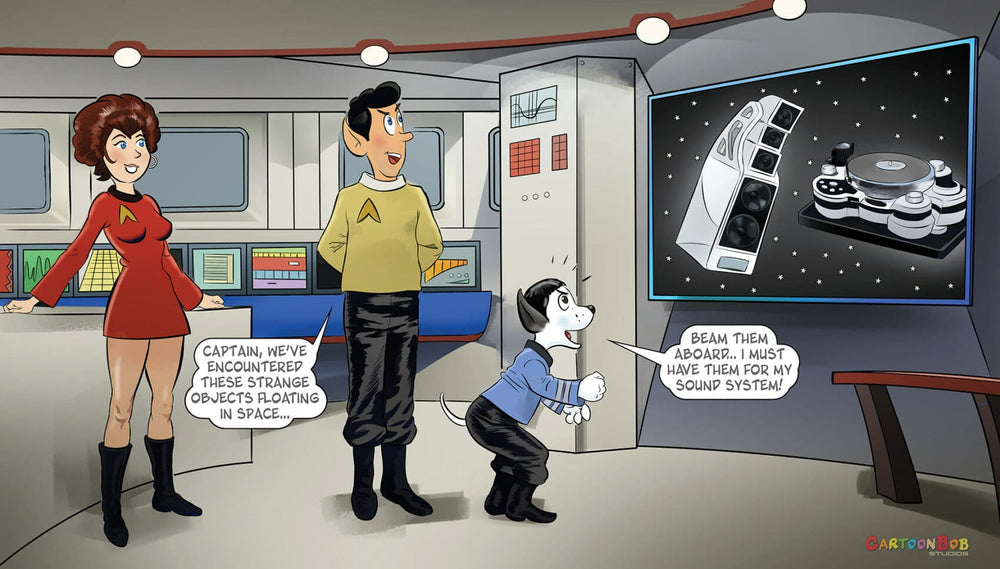


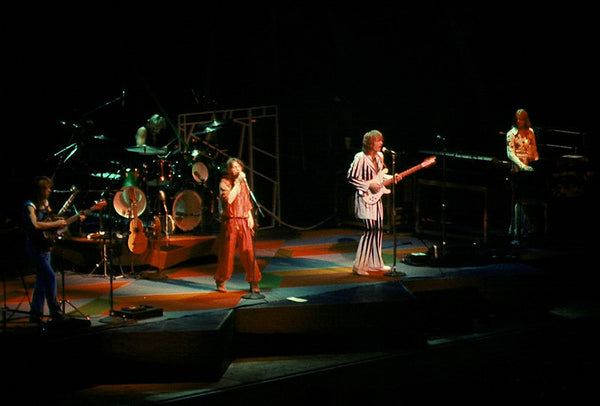
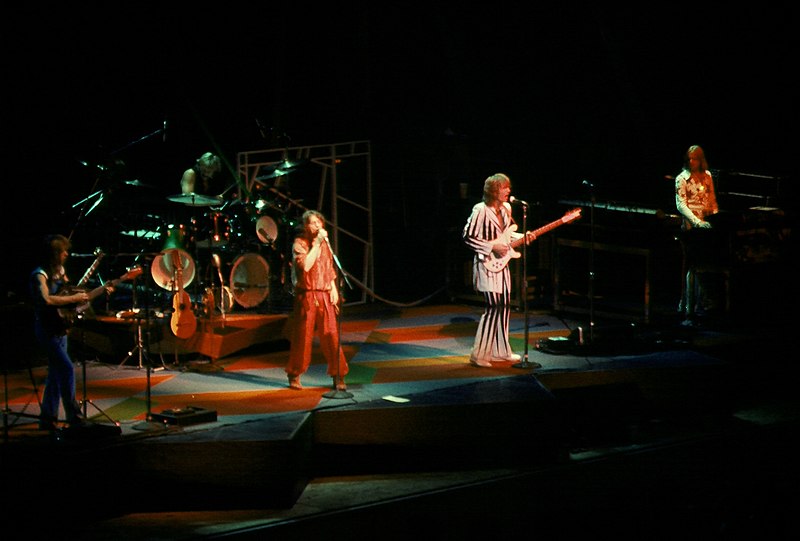








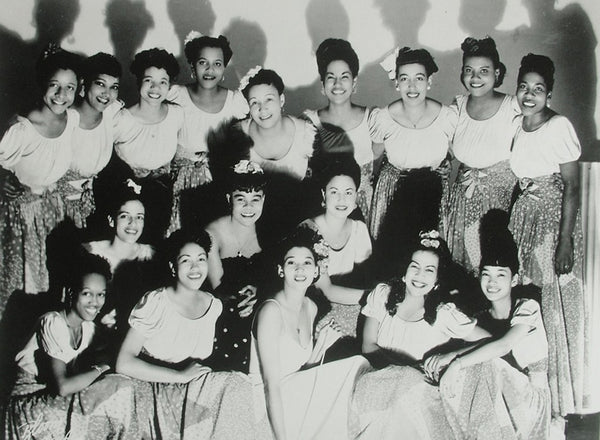
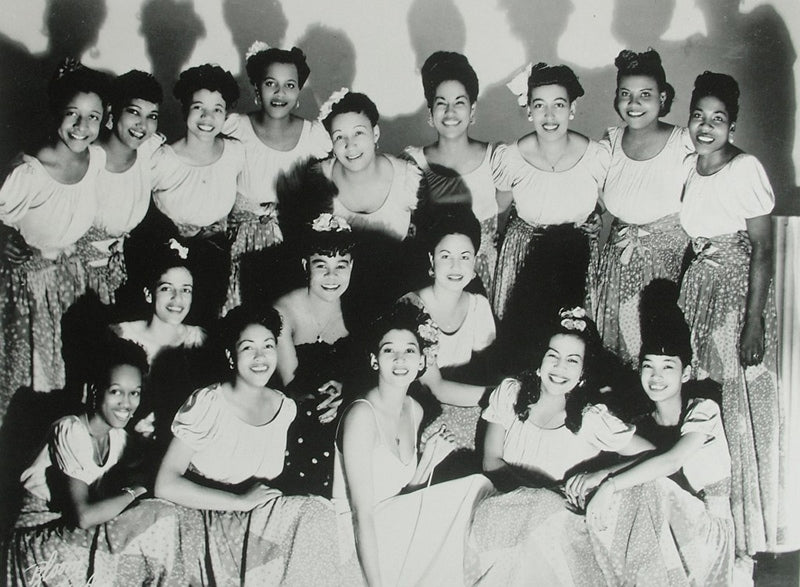
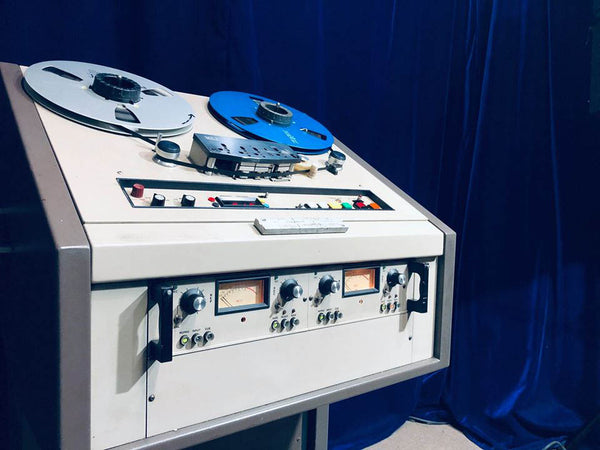
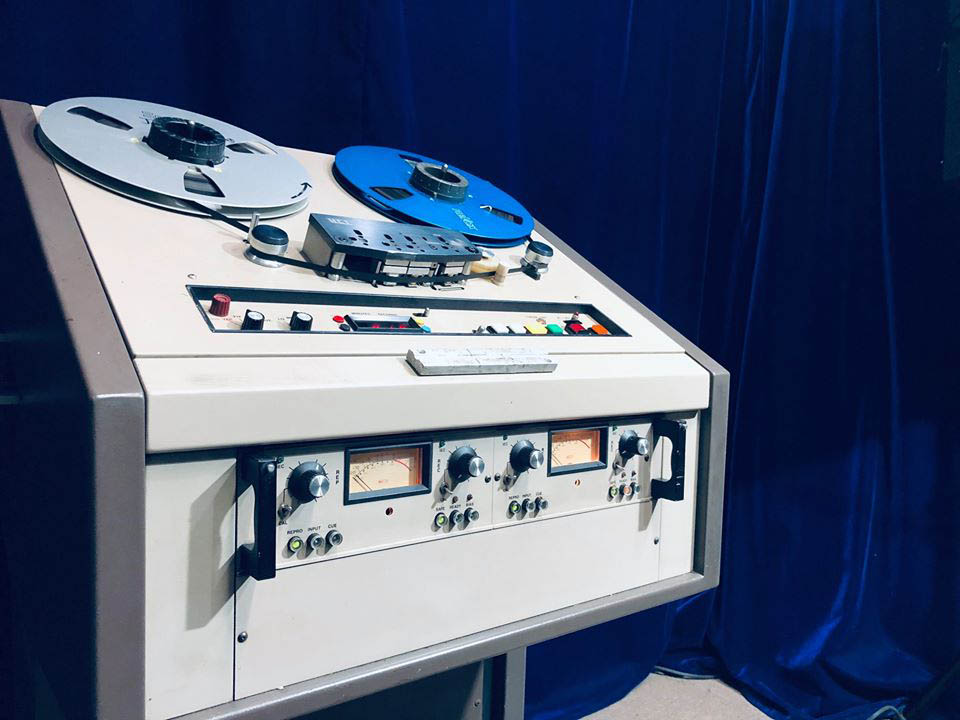




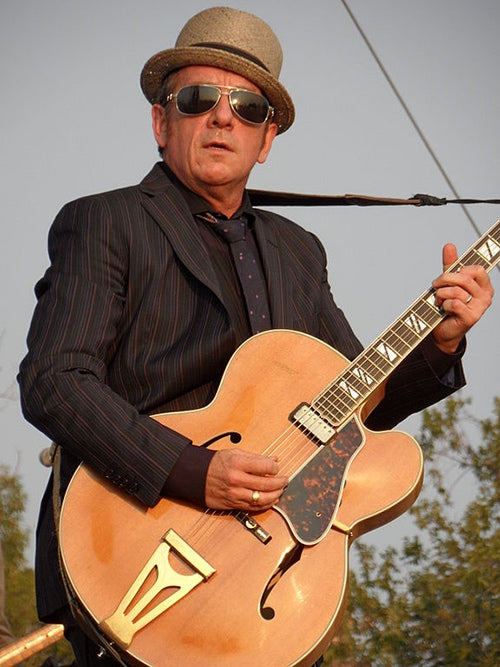
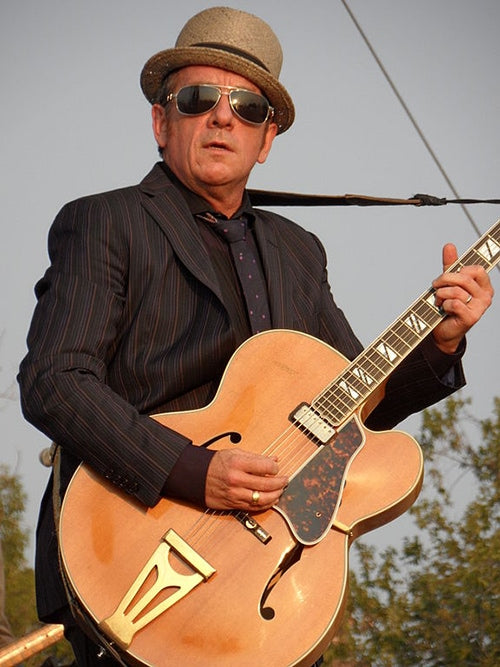




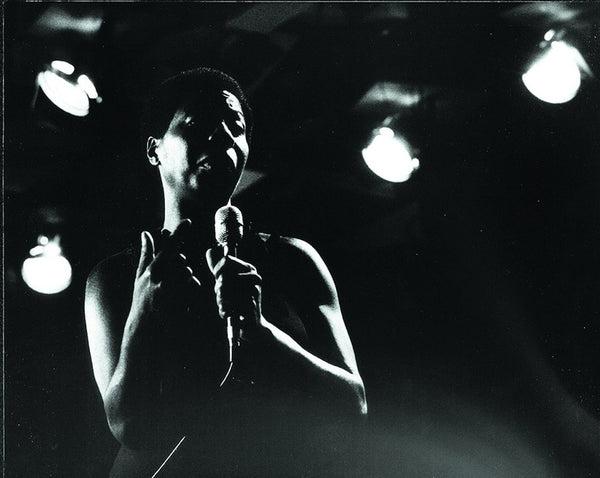
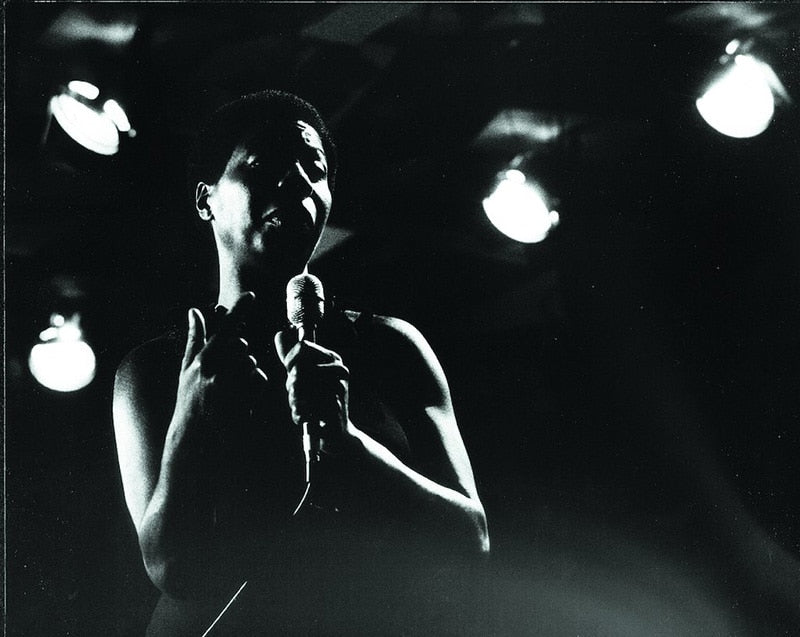





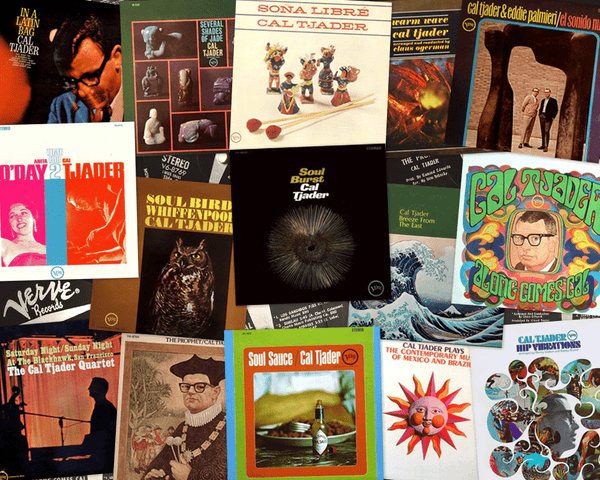
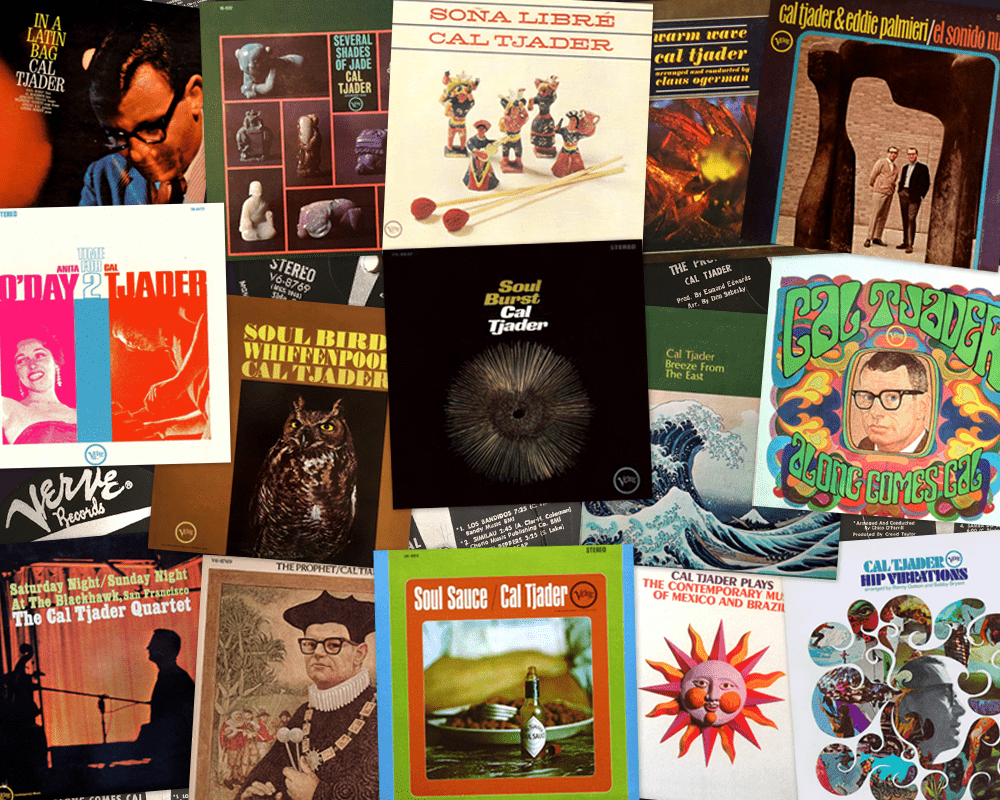
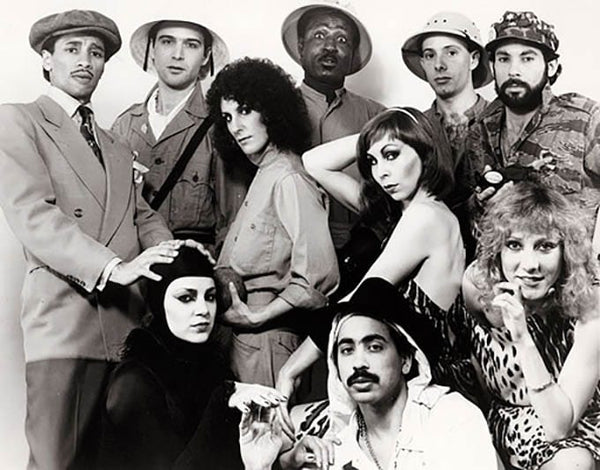
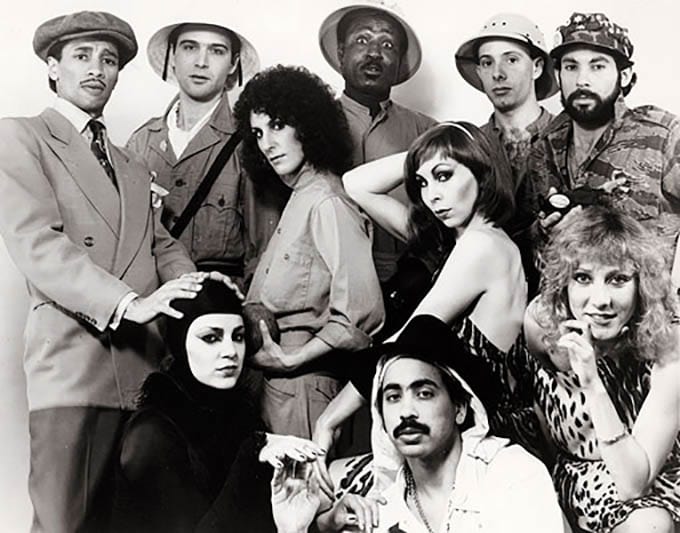

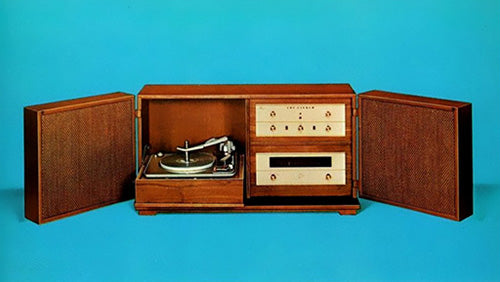
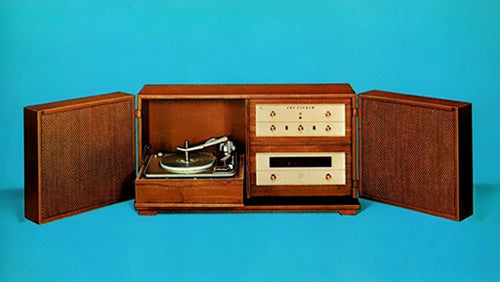




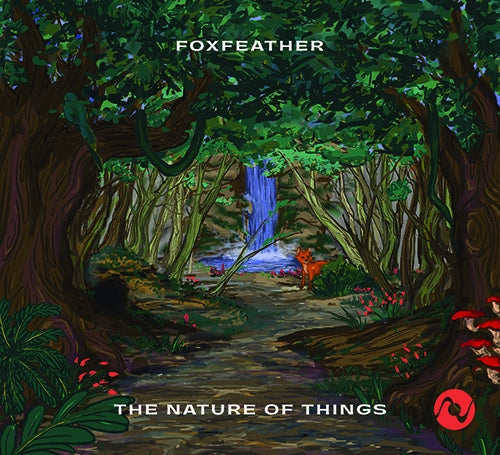
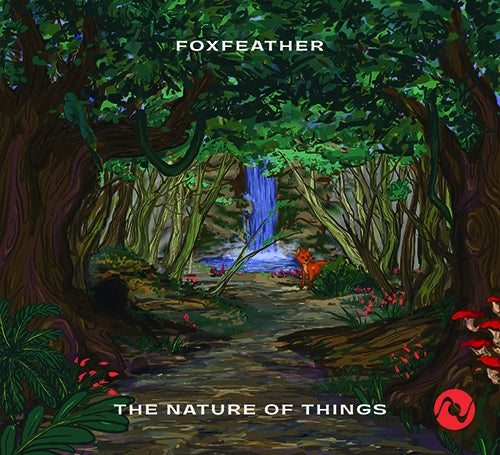
 Carly Ricks Smith of Foxfeather.
Carly Ricks Smith of Foxfeather. Laura Stratton of Foxfeather.
Laura Stratton of Foxfeather. The band taking a break.
The band taking a break. Carly and Laura.
Carly and Laura. Vernon Barn, one of the recording locations for The Nature of Things.
Vernon Barn, one of the recording locations for The Nature of Things.
 The Sonoma remote recording and monitoring setup at Vernon Barn.
The Sonoma remote recording and monitoring setup at Vernon Barn.




 Kids used to go to the carnival to have fun. They didn’t go there to make a living, network, or scope out the competition. For me, audio shows are like a carnival. I’ve always attended for one reason only – to have fun. I love meeting old friends, making new ones, and sharing music, opinions, and scotch. By that standard, The Home Entertainment (T.H.E.) Show for 2021 was a huge success. It started at noon on Friday, June 11 at the Hilton Long Beach Hotel in Los Angeles, and I was surprised to see a line at registration in the middle of a weekday. Doesn’t anybody work anymore?
Kids used to go to the carnival to have fun. They didn’t go there to make a living, network, or scope out the competition. For me, audio shows are like a carnival. I’ve always attended for one reason only – to have fun. I love meeting old friends, making new ones, and sharing music, opinions, and scotch. By that standard, The Home Entertainment (T.H.E.) Show for 2021 was a huge success. It started at noon on Friday, June 11 at the Hilton Long Beach Hotel in Los Angeles, and I was surprised to see a line at registration in the middle of a weekday. Doesn’t anybody work anymore?











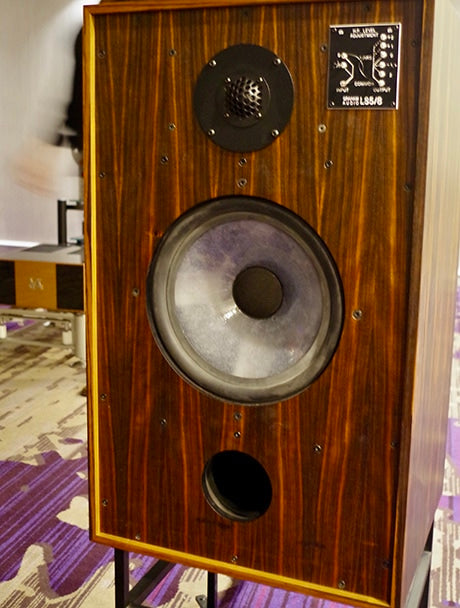











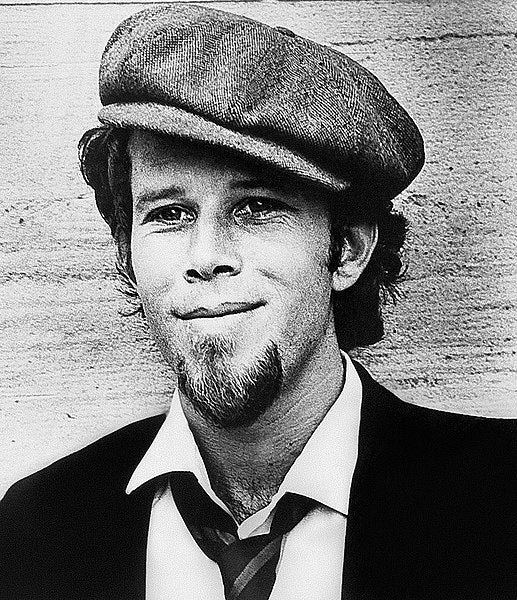
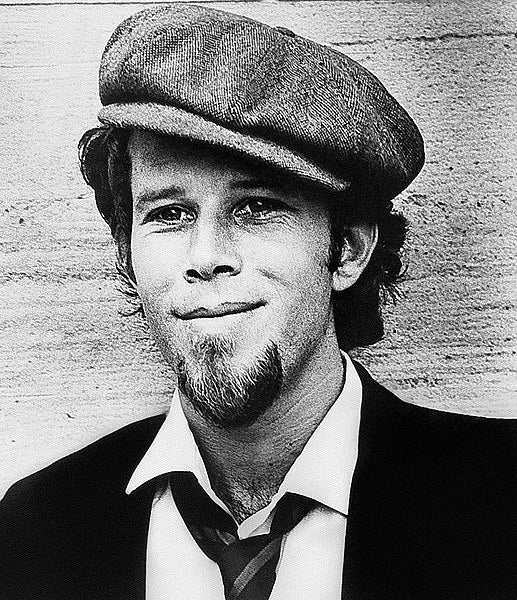


 Screen shot from "The Development of Dummy Head Microphones Since 1970" by Martin Schneider, courtesy of AES.
Screen shot from "The Development of Dummy Head Microphones Since 1970" by Martin Schneider, courtesy of AES. Head and torso dummy head binaural recording mics. Courtesy of
Head and torso dummy head binaural recording mics. Courtesy of 
 A Dolby Atmos-certified sound mixing theater at CineLab, Moscow.
A Dolby Atmos-certified sound mixing theater at CineLab, Moscow.  Flowchart of analysis data points for "Timbre-Based Machine Learning of
Flowchart of analysis data points for "Timbre-Based Machine Learning of Kohonen maps from "Timbre-Based Machine Learning of Clustering Chinese and Western Hip-Hop Music," by Rolf Bader. Courtesy of AES.
Kohonen maps from "Timbre-Based Machine Learning of Clustering Chinese and Western Hip-Hop Music," by Rolf Bader. Courtesy of AES.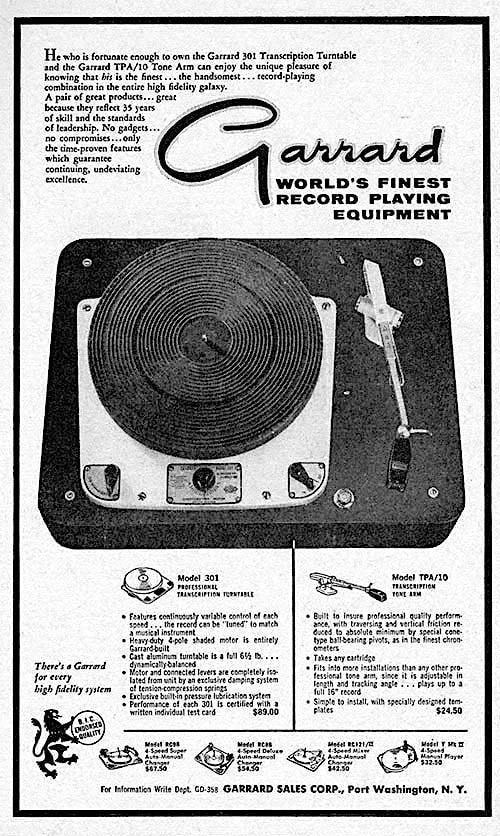
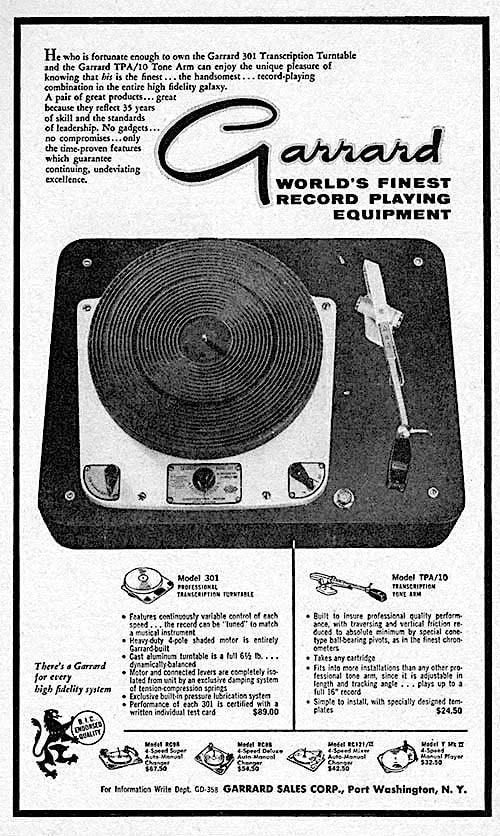
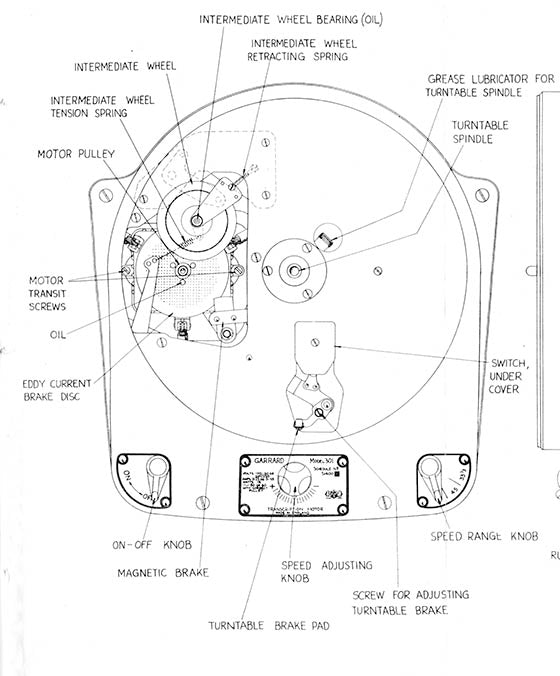 Illustration from the owner's manual showing the top view of the Garrard 301 motor unit.
Illustration from the owner's manual showing the top view of the Garrard 301 motor unit. The author's Classic 301 motor unit with Micro Seiki gunmetal mat.
The author's Classic 301 motor unit with Micro Seiki gunmetal mat. Illustration from the owner's manual showing the side and bottom views of the Garrard 301 motor unit.
Illustration from the owner's manual showing the side and bottom views of the Garrard 301 motor unit. Garrard owner's manual: the hard back and gold lettering meant business!
Garrard owner's manual: the hard back and gold lettering meant business!







